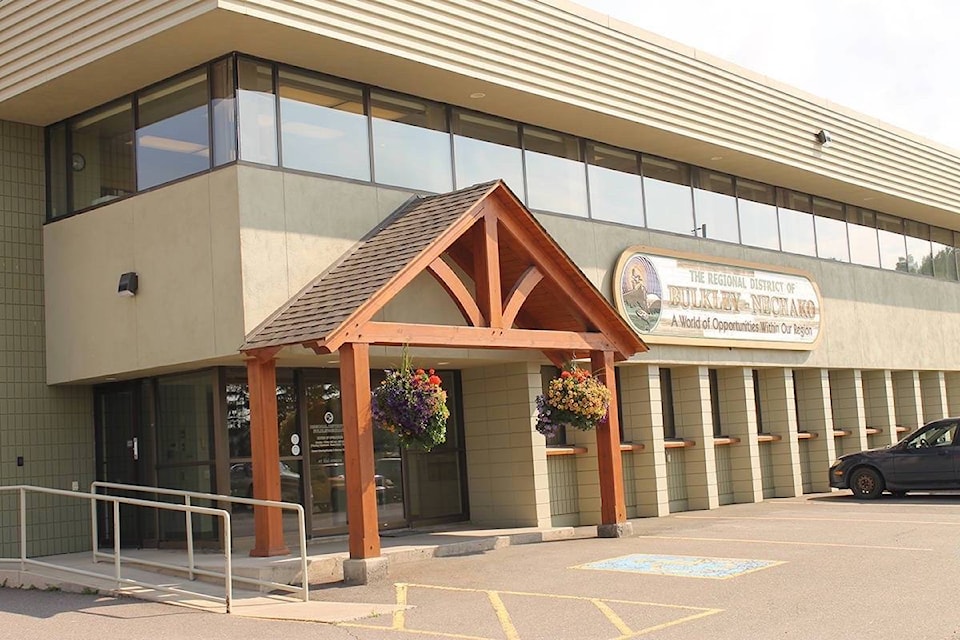Municipalities and First Nations within the Regional District of Bulkley-Nechako (RDBN) are currently reviewing the second draft of a relationship protocol agreement intended to strengthen relations between them.
According to RDBN chair Bill Miller, comments from this review will make up the third draft of the agreement; and if all parties agree with the third draft, the document will then be adopted.
The so-called ‘First Nations and RDBN relationship protocol agreement’ provides a framework for continued collaboration between local governments and First Nations. Its purpose is to promote “shared understanding and ongoing opportunities.”
According to the RDBN, this will be done through ongoing education and engagement activities, incorporating First Nations perspectives into government decisions, establishing sustainable economic activities and identifying new opportunities that would bring them together.
“In this protocol, we seek to forge a relationship that will give us a better understanding of each other and show the next generation how we can all work together for the betterment of all,” states the second draft of the agreement.
Although the idea of creating a formal relationship protocol between First Nations and local governments has been gathering momentum for the past few years, the idea was put into action last June at the Community to Community Forum, co-hosted by Nadleh Whut’en First Nation and the RDBN.
A working group committee - composed of local First Nations and local government volunteers - was then established with the objective to modify the agreement, ensuring that the group is reaching out to the people that the document represents.
The first draft of the protocol sparked a debate last summer during an RDBN board meeting. The draft included the acknowledgement that the RDBN is located on unceded First Nations territory.
Some RDBN directors expressed concerns, fearing this acknowledgement could expose the regional district to risks such as having to pay a portion of taxation revenue to First Nations or even being “kicked off the land.” Other directors weren’t entirely sure of what “unceded” meant, or if they could believe it.
Mark Fisher, Director of Electoral Area A (Smithers rural), encouraged directors who were unsure about the history of First Nations in B.C. or relevant Supreme Court of Canada decisions to “find a dictionary.”
Throughout most of Canada, the Crown entered into treaties whereby the Aboriginal communities gave up their claim to land in exchange for reservations and other promises, but, with minor exceptions, this did not happen in B.C. In 2014, the Supreme Court of Canada granted a declaration of Aboriginal title to the Tsilhqot’in First Nation, one of hundreds of Aboriginal groups in B.C. that had unresolved land claims.
Former Burns Lake councillor John Illes, who was representing the Village of Burns Lake at that meeting, warned the board that a refusal to acknowledge that the RDBN sits on unceded First Nations territory could harm their relationship with First Nations.
In the end, the board carried a motion for staff to reword the protocol to address the directors’ concerns.
